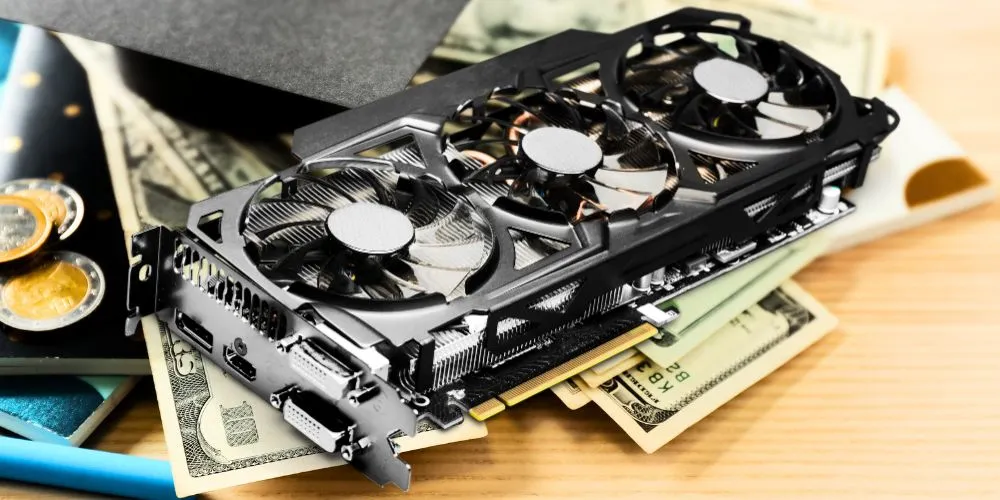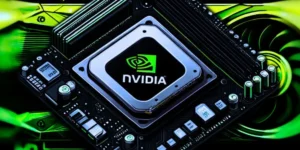The evolution of graphics cards has been revolutionary, enabling cutting-edge gaming, artificial intelligence, and professional workloads. However, as technology advances, so do the costs associated with high-performance GPUs. The growing demand for greater processing power, supply chain challenges, and rising production costs suggest that the future of graphics cards will continue to be expensive, potentially out of reach for the average consumer.
Increasing Demand for Performance
Modern applications, from high-resolution gaming to AI-based content creation, are pushing the limits of GPU technology. As 4K gaming, ray tracing, and real-time rendering become standard, manufacturers must invest heavily in research and development to meet these performance demands. The push for faster memory, more cores, and enhanced power efficiency leads to higher production costs, which are inevitably passed down to consumers.
Supply Chain Challenges
One key factor driving up the price of graphics cards is the ongoing supply chain crisis. Global shortages of semiconductor materials, logistical disruptions, and geopolitical tensions have all contributed to rising costs. As manufacturers struggle to secure critical components such as silicon wafers and memory chips, production bottlenecks occur, further inflating prices. Even as supply stabilizes, the costs associated with logistics and raw materials remain high.
Market Domination and Pricing Strategies
The GPU market is largely controlled by a few key players, such as NVIDIA and AMD, with limited competition leading to pricing monopolies. With each new generation of graphics cards, these companies push the boundaries of performance and introduce higher price tiers. The rise of premium-tier GPUs with exclusive features, such as AI-driven enhancements and advanced cooling solutions, has created a widening gap between budget and flagship models.
Impact of Cryptocurrency Mining
Cryptocurrency mining has also significantly influenced GPU prices. Although the demand for mining-specific cards has fluctuated, surges in crypto interest often lead to shortages of gaming GPUs, with scalpers taking advantage of the high demand. This cycle has frustrated many consumers as affordable options become scarce during mining booms.
Consumer Adaptation and Alternatives
With graphics card costs rising, consumers are exploring alternatives such as cloud gaming services and refurbished GPUs. While cloud gaming offers a viable solution for casual users, professionals, and serious gamers still prefer dedicated hardware, making price hikes difficult to avoid. Some users also turn to older-generation GPUs as a cost-effective way to maintain performance without breaking the bank.
Conclusion
The future of graphics cards appears expensive due to increasing performance demands, supply chain issues, and market dynamics. While technological advancements are exciting, affordability remains a concern for many consumers. Without manufacturers’ intervention to address pricing and availability, high-end GPUs may continue to be a luxury rather than a necessity.










